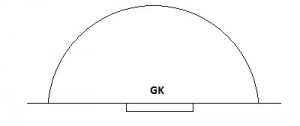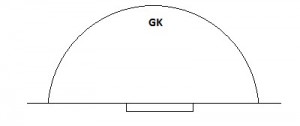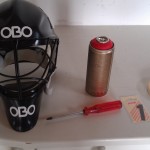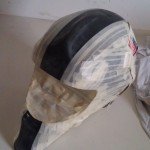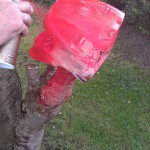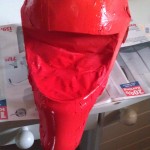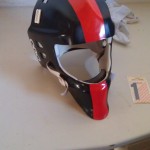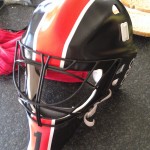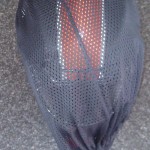When we think about goalkeeping, there can often be perceptions of reacting to a play or shot rather than increasing the save chance by challenging in the situation. Since we are saves and actions are a result of reading of the play, it is therefore easy to think that because the play comes to you, that your job is to simply react and therefore get caught in the trap of not taking control of the situation. However, showing aggressive qualities and confidently challenging shots with our depth in the D, will increase our chances of save making.
‘Saving’ and not attacking
It is easy to become passive with your efforts when you are learning to play in goal, especially in training (which isn’t the most effective place to improve your goalkeeping!); creating bad habits in game situations when you need to actively challenge the shooter and dominate the play. By ball watching and reacting to the game as it happens rather than involving yourself and challenging shots, you make it easier to get scored on. By merely reacting and making the save in reaction to the shot, you are actually making it harder to make the save.
Attacking the ball
By attacking the ball you challenge the angle of the shot and give away less shooting space, as well as reacting to it more quickly. The quicker you are to react against a well struck shot, the better chance you have of making the stop! With the save being made in front of you, it is easier to track the ball from their stick into the save (as discussed recently in another article). You are also cutting down the angle the ball can travel through, so you are effectively reducing the time the ball has to reach you; therefore getting into the motion of save making more quickly and with less movement. As a result of attacking the ball in front of you, you are putting you weight through the ball as you make contact, meaning you have more power of the rebound, which should effectively result in better clearances.
The following video is a great example of aggressive goalkeeping where this technique is being taught. Watch how the goalkeepers are being taught to push into the save rather than ‘sitting back’ and waiting for the shot, both with the legs and hands:
http://www.youtube.com/watch?v=urqmUlVYTks
The Thirty degrees
When attacking the ball, you want to be driving into the save, that is, pushing into it. The best way of visualising and thinking about attacking the ball when saving is ‘the thirty degrees’. If someone was shooting at you from the top of the D, you should be pushing into the save at roughly thirty degrees. An easy way of checking this is to measure your finishing position against pointing towards where the 25 yard line meets the side line. When pushing into the diagonal, it doesn’t just apply to kicking, also diving and glove saves. This theory can also be applied to short corners where you want to challenge the shot and possibly against flicks (although I think I need to check what the umpiring rule is!).
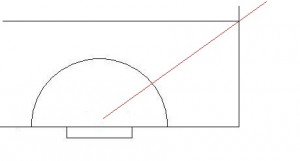
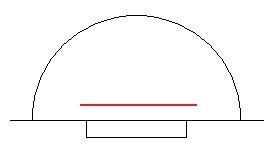
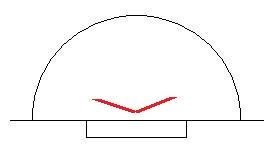
Driving from the head
As you drive forward to push into the save for the stop, you need to push forward from your head; essentially moving forward as you locate the ball with your forward vision. With the head being the centre of balance within the stance, you need to push forward against the shot. In doing so you can retain your balance, which is obviously of great importance. Keeping your head forward and your weight forward, you are not going to fall or lean back as you make the save, making it easier to move into the second save or control your rebound.
Pushing into the save
Pushing into the save requires concentration and an agile approach and strong footwork. As a result, to gain better rebound control, it is also important to angle the redirect; by which, you can get greater control and distance on the rebound. As you push into the save looking to control the rebound on the save, you will be pushing with your foot or glove angled to control the rebound. It is important that you get your weight into it, driving forward to really attack the shot.
Attacking with your gloves
Just as you are focused on attacking the ball with your kickers and pads or dive (as they rightly teach in football), an obvious point of notice is that you can similarly challenge with your gloves. An active ready stance with gloves up and forward will help you to actively challenge. Try not to ‘swat’ at the ball, pushing in as the ball comes at you.
Attack the shot!
Ultimately, you need to attack the ball at every given opportunity. The more you actively attack shots, the greater chance you will have of denying scoring opportunities. Although it is a difficult skill to master, it will drastically improve your shot stopping making you harder to beat. Rather than being a passive respondent, work hard to actively attack the ball, increasing your chances of making every save!
